Ramsons
Ramsons, which is popularly known as Wild Garlic, belongs to the Amaryllidaceae family. This plant is sometime confused with Wild Onion. The most useful part of Ramsons is its leaves and flower petals. This perennial plant is grown as an herb in many countries. Gardeners grow Ramsons plant as a part of their vegetable garden.
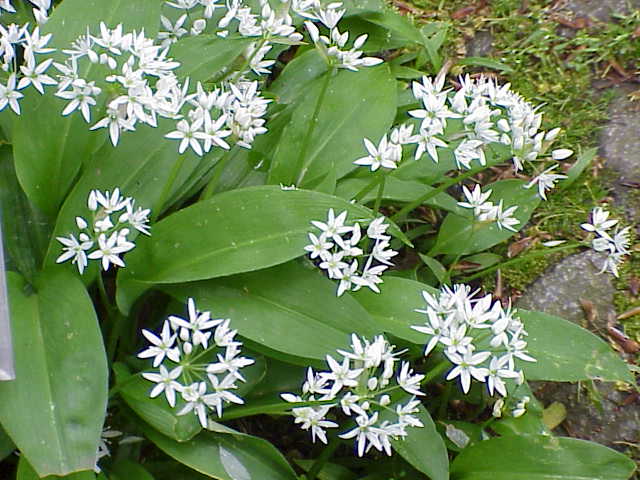
Ramsons
Table Of Content
Ramsons Binomial name
The Binomial name for Ramsons is Allium ursinum.
Ramsons Other Names
This plant is called by many names like:
- Wild garlic
- Wood garlic
- Bear leek
- Bear’s garlic
- Buckrams
- Broad-leaved garlic
- Field onion
Ramsons Description
- Seedlings – The rounded seedlings, which look like grass, are hollow inside.
- Leaves – The hollow and rounded leaves are around 5 – 20 inches long and 2 – 8 mm in diameter. Leaves have a garlic or onion like smell.
- Stems – The stems are solid, slender, waxy and around 1.5 – 3 feet tall.
- Flowers – The small and greenish white flowers can be seen at the top of the stems.
- Fruit – Ramsons fruit is egg shaped and it has 3 capsules separated from each other.
- Roots – The root is ovate or rounded shape bulbs.
Ramsons Habitat
In its wild habitat, Ramsons grow in semi shaded woodlands, mostly under the shade of another tree. It can tolerate moist soil and slight acidic conditions. They have a knack to grow in a compact mass.
Ramsons Distribution
This fragrant small plant grows in most European countries, West Asian countries, Central and Eastern region of the United States.
Ramsons Taste
Ramsons tastes like common garlic; strong and pungent, but it is more subtle than the regular ones.
Ramsons Cultivation
The growing season of Ramsons generally starts from late January or early February to late May. Ramsons plant can cover the entire field where it is cultivated. This plant can co-exist with other plant. Here is a brief description of how this plant can be grown in your garden-
- Sight – First, one has to choose an area in the garden where it receives full sunlight.
- Soil – Ramsons grows very well in soil which drains quickly.
- Sowing – The seeds are supposed to be sown in a three to four inch deep hole. After sowing, cover the seeds with a thin layer of soil and organic compost. Ramsons bulbs can be sown instead of seeds. Seeds take more time to develop, whereas bulbs take less time to grow.
- Watering – Water the area properly by using a sprinkler, every week. Too much watering at a time can harm the bulbs or seeds.
Ramsons Harvesting
Harvest the plant by cutting the leaves from the plant as close to the ground as possible. Once it is harvested, this plant will grow naturally as long as it receives sufficient rain and sunlight.
Ramsons Nutritional Facts
Ramsons is full of iron and vitamin C.
Ramsons Culinary Uses
The leaves, flowers and bulbs of Ramsons are all edible. The taste of Ramsons is quite similar to common garlic, but milder. Raw leaves are used in salads. Chopped leaves are used in several cuisines. Like spinach, the leaves can be cooked in a similar manner. Ramsons bulbs are less popular in cuisines. Sometime the bulbs are used as caper substitute. Ramsons flowers are added as garnish in various dishes and salads.
Ramsons Medicinal Uses
The health benefits of Ramsons are quite similar to common garlic, but slightly weaker. Ramsons has antiasthmatic, anthelmintic, anticholesterolemic, antispasmodic, antiseptic, astringent, depuritive, cholagogue, diaphoretic, expectorant, diuretic, hypotensive, febrifuge, rubefacient, stomachic and stimulant properties. It helps to reduce cholesterol level and blood pressure. It also helps in easing stomach pain. But people should avoid using it unless recommended by a doctor.
Ramsons Other Uses
- Disinfectant – Just like the regular garlic, Ramsons is known to have antifungal and antibacterial properties. Ramsons can be used in fungal infections and various kinds of skin problems.
- Repellent – Ramsons has repellent properties. All the parts of this plant can repel moles and insects. The extract of this plant is used as a moth repellent.
- Fodder – Ramsons is sometime used as animal fodder.
Ramsons Recipes
Some of the popular recipes made with Ramsons are-
- Chorizo and Ramsons tart
- Vibrant Ramsons soup
- Cream of Ramsons soup
- Ramsons and mustard sauce
- Ramsons pancake soup
- Ramsons and chorizo pasta
- Ramsons pesto
- Ramsons Soup
How to Identify Ramsons?
There are several plants like Lily that looks like Ramsons and some of those are poisonous. Therefore one has to be very cautious before harvesting the plant. The leaves of the plant must be rubbed as it would produce garlic like scent.
How to Store Ramsons?
Ramsons must be stored in a cool and dark place till the time it is used.
Ramsons Interesting Facts
Here are some interesting facts about Ramsons:
- Ramsons is considered as pest by most dairy farms. Milking farm animals are not allowed to feed on Ramsons as it can taint the taste of their milk.
- Ramsons grows well with most other plants like beet, carrots, roses and chamomile.
- In 1989, Ramsons was termed as ‘the new star of garlic’ by Therapiewoche, a German health journal.
- In 1992, Association for the Protection and Research on European Medicinal Plants declared Ramsons as European medicinal Plant of the Year.
- Brown bear as well as Wild boar loves to dig the ground and feed on Ramsons bulbs.
Ramsons Pictures
Here are some pictures of Ramsons:
References:
http://en.wikipedia.org/wiki/Ramsons
https://findmeacure.com/2010/03/29/wild-garlic-allium-ursinum/
http://britishfood.about.com/od/glossary/g/wildgarlic.htm
http://www.ramsdale.org/ramsons.htm#TOP
https://www.woodlandtrust.org.uk/trees-woods-and-wildlife/plants/wild-flowers/wild-garlic/
- by Tuhin Das
- November 22nd 2011

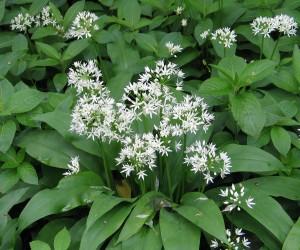
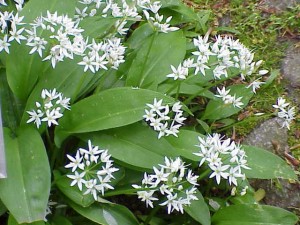
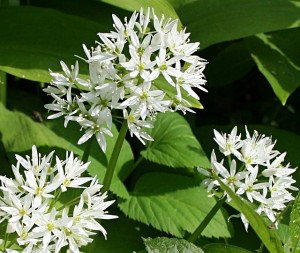
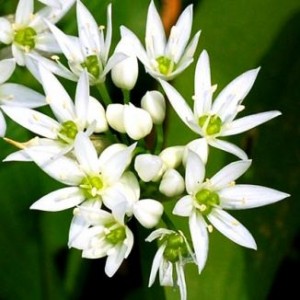
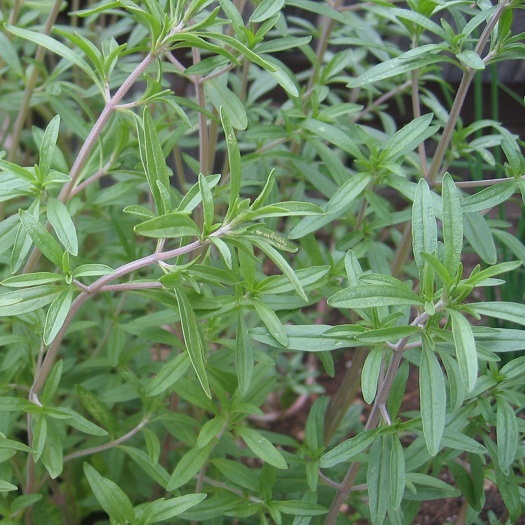
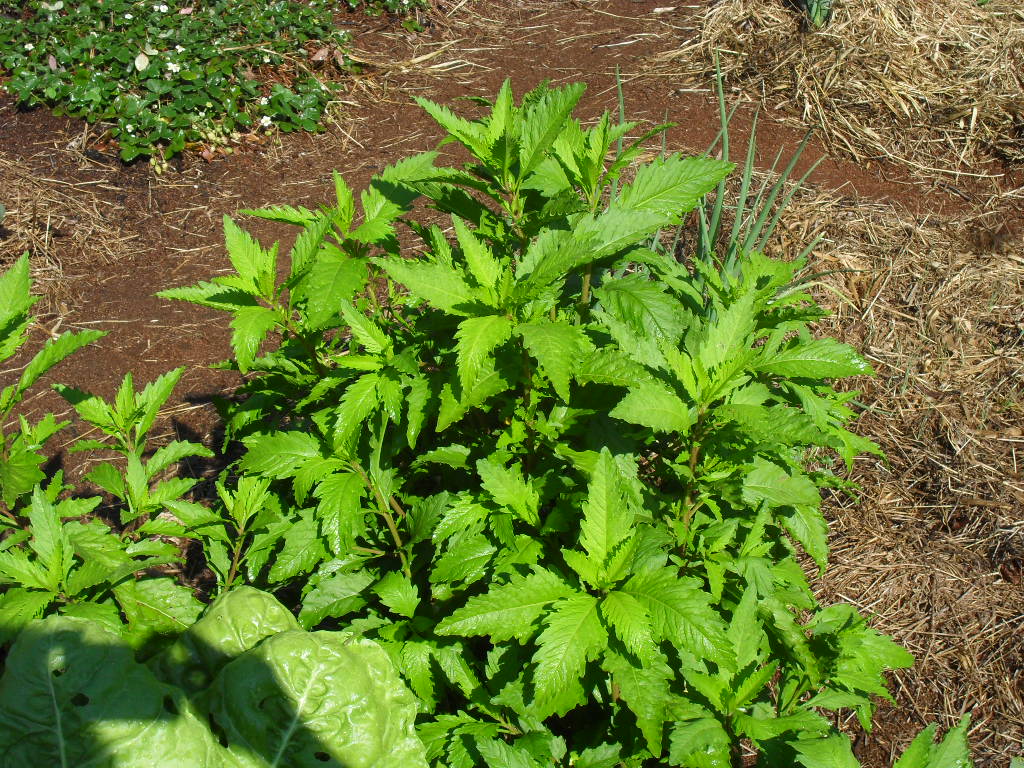

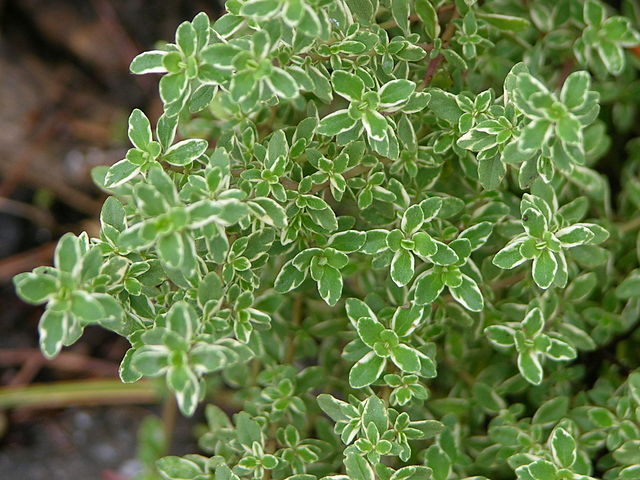















Leave a Reply